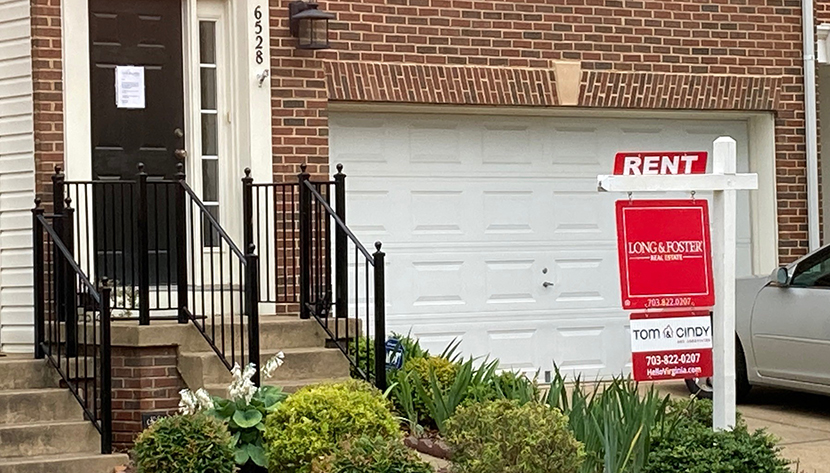
CoreLogic: Pandemic Hits Single-Family Rent Prices

CoreLogic, Irvine, Calif., said single-family rent growth slowed to its lowest level in years during April as unemployment reached its highest level in 80 years.

“As the pandemic-induced recession took hold in April, the single-family rent index posted its lowest growth rate in over nine years,” said CoreLogic Principal Economist Molly Boesel. She said April data show a 2.4 percent rent increase year over year, down from a 2.9 percent annualized increase in April 2019. Single-family rent prices increased at a 3.3 percent year-over-year pace in February just prior to the U.S. coronavirus outbreak.
“While disruptions in the economy affect all parts of the housing market, the impact can often be seen in the rental market sooner than the for-sale market,” Boesel said. “This means changes in rents can foreshadow changes in home prices.”
Demand for single-family rentals decreased as shelter-in-place orders kept renters from pursuing new properties, CoreLogic’s Single-Family Rent Index report said. “Income uncertainty and shelter-in-place orders left renters hesitant to seek new living arrangements, including renting and buying,” the report said. “This reality pushed more tenants to extend their current lease contracts another year or month to month. The slowdown in rental demand worked to slow rent prices in April, which reached the lowest annual growth rate since November 2010.”
Despite seeing a slowdown in demand, lower-priced rentals partially propped up national rent price growth. But annualized rent growth among both lower-priced and higher-priced SFR properties slowed in April, CoreLogic reported. Rent prices among properties with rent prices below 75 percent of the regional median increased 3.1 percent year-over-year in April, down from 3.6 percent a year before. Higher-priced rentals with rent prices greater than 125 percent of a region’s median rent increased just 2.3 percent, down from a 2.4 percent gain a year before.
Among the 20 largest U.S. metros and for the seventeenth consecutive month, Phoenix had the highest increase in single-family rents in April at 6.6 percent (compared to April 2019), more than doubling the national average. Tucson, Ariz. experienced the second-highest rent price growth with a 3.7 percent gain, followed by Charlotte, N.C., at 3.4 percent. St. Louis was the only metro area to see SR rents decline compared to a year ago.
Widespread job loss stretched across the country in April as the effects of the pandemic and the resulting recession emerged, CoreLogic said. But some areas were hit harder than others, causing a ripple effect for local rental and housing markets. For example, Detroit–a hotspot for the virus–experienced a 24.5 percent annual decline in employment in April, causing rent price growth to slow from a 3.3 percent year-over-year gain in April 2019 to just 0.3 percent in April 2020. The Phoenix market, which has significantly fewer confirmed cases of the virus than Detroit, experienced a minor 0.7 percentage point slowing in annual rent growth rate as employment declined 7.6 percent locally.
